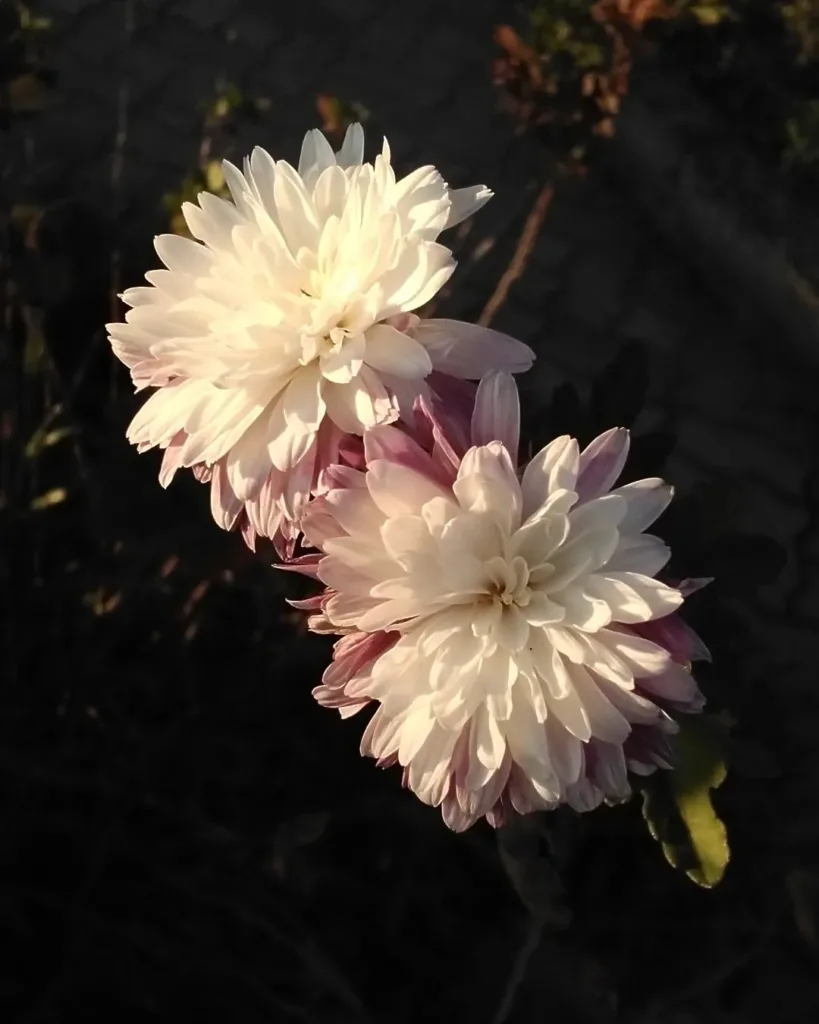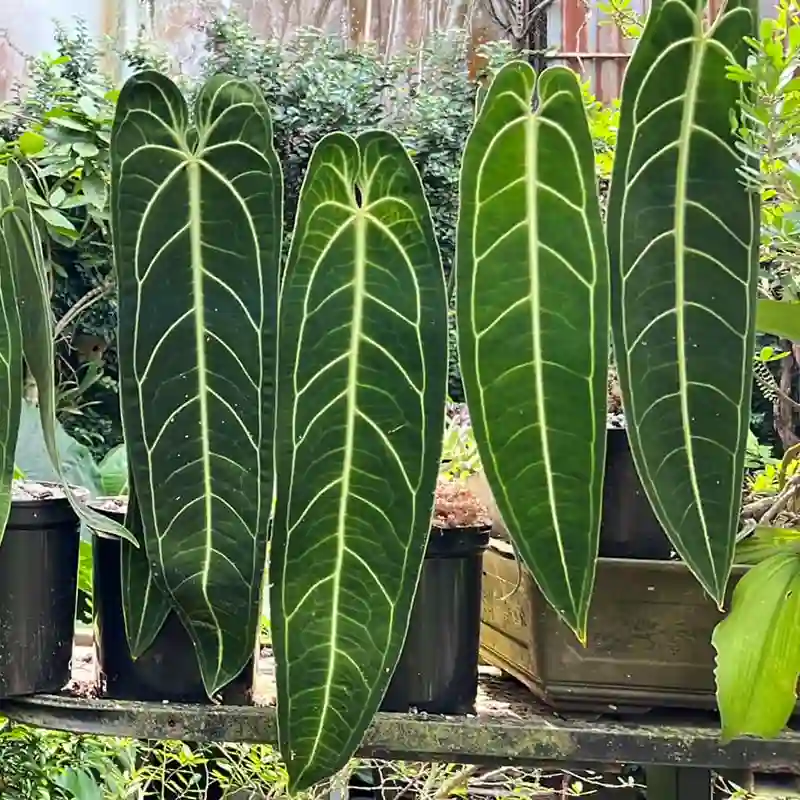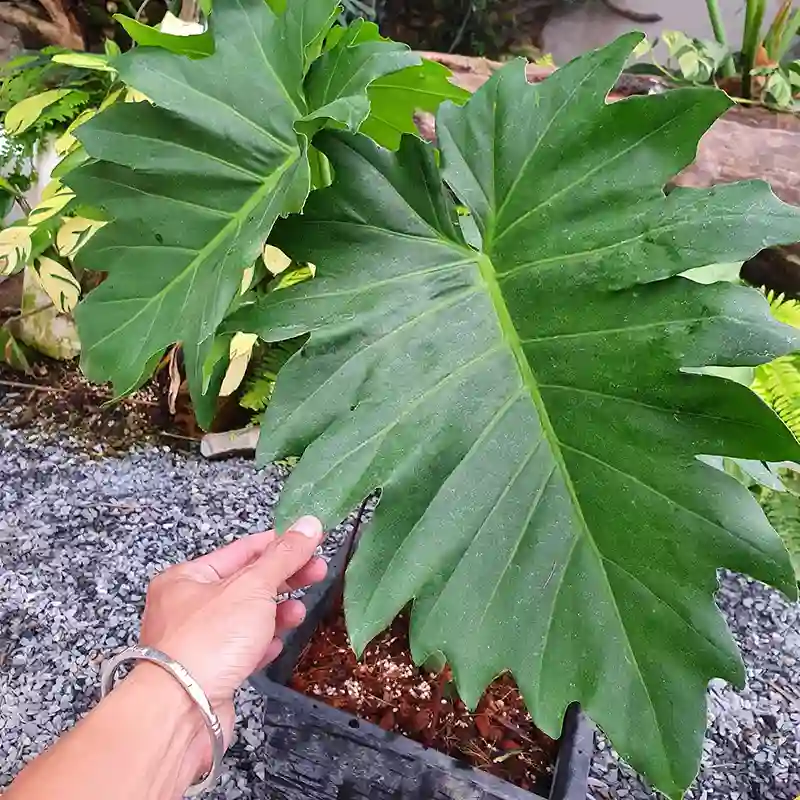Exploring the Zosteraceae Family: A Personal Journey
The Zosteraceae family, often overlooked in the plant kingdom, plays a crucial role in marine ecosystems. As I delve into the genera within this family—Phyllospadix and Zostera—I’m struck by their unique adaptations and ecological significance.
The Basics of Zosteraceae
The Zosteraceae family, commonly known as seagrasses, consists of flowering plants that thrive in marine environments. Unlike most plants, they are entirely aquatic and are typically found in shallow coastal waters. Their presence is vital for a range of marine life, offering habitat and food sources.
Phyllospadix: The Paddle Grass
One of the standout genera in this family is Phyllospadix, often referred to as paddle grass. I first encountered this genus while exploring tidal zones along the Pacific coast. The long, ribbon-like leaves, shaped somewhat like paddles, are distinctive and easily recognizable.
Adaptations of Phyllospadix
Phyllospadix is particularly fascinating due to its unique adaptations to the marine environment. The leaves are designed to withstand strong currents and waves, making them a resilient component of the coastal ecosystem. What I found most interesting is how they anchor themselves to the substrate, providing stability in turbulent waters.
During my explorations, I observed various marine organisms that depend on paddle grass for survival. From fish seeking refuge to invertebrates feeding on the detritus accumulating around the roots, Phyllospadix serves as a vital support system in its habitat.
Ecological Importance
Phyllospadix doesn’t just offer shelter; it plays a significant role in nutrient cycling. As I watched the waves wash over the seagrass beds, I realized how crucial these plants are in maintaining water quality. They absorb excess nutrients and help mitigate coastal erosion, creating a healthier environment for other marine species.
Zostera: The Eelgrass
Another significant genus in the Zosteraceae family is Zostera, commonly known as eelgrass. My first encounter with Zostera was in a tranquil lagoon, where its long, slender leaves swayed gently with the tide.
Characteristics of Zostera
Zostera is often found in dense underwater meadows, creating a lush environment for diverse marine life. Its leaves can reach impressive lengths and serve as a vital habitat for many species. As I observed schools of fish darting in and out of the eelgrass, I was reminded of how important these meadows are for biodiversity.
Habitat and Distribution
Zostera is distributed across many coastal regions worldwide, thriving in sandy or muddy substrates. I’ve seen Zostera meadows extending for miles, creating a mesmerizing underwater landscape. These meadows are not only beautiful but also crucial for the survival of various marine species.
Ecosystem Benefits
The ecological benefits of Zostera are profound. They provide nursery grounds for fish and serve as feeding grounds for grazing animals, such as manatees and sea turtles. The meadows also play a crucial role in carbon sequestration, helping to mitigate climate change.
During my research, I learned about the ongoing threats to Zostera habitats, including pollution, coastal development, and climate change. It’s alarming to think that such vital ecosystems are at risk. This realization fueled my passion for conservation efforts aimed at protecting these unique habitats.
Conclusion: The Importance of Conservation
In my journey through the Zosteraceae family, I’ve come to appreciate the intricate relationships these plants have with their environment. Both Phyllospadix and Zostera are essential components of coastal ecosystems, providing habitat, food, and support for countless marine species.
The more I learn about these remarkable genera, the more I feel compelled to advocate for their preservation. As coastal development continues to threaten their habitats, raising awareness about the importance of seagrasses is vital.
In sharing my experiences, I hope to inspire others to explore and protect the incredible world of the Zosteraceae family. Together, we can work towards a future where these underwater meadows continue to thrive, supporting the rich tapestry of life beneath the waves.
If i die, water my plants!



